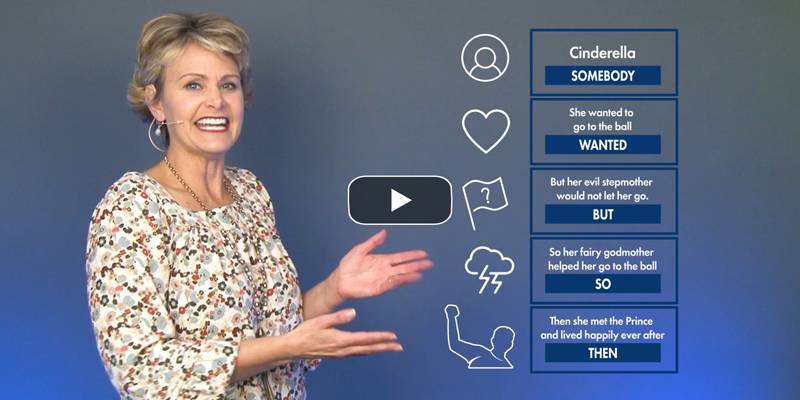Learning Center
reading
Emphasize thinking when reading math story problems
march 9, 2021
When it comes to word problems in math, half of the challenge lies in reading comprehension.
Too often students rush to “do” the math while ignoring the bigger context. And even after teaching students to find the story within the problem using the Somebody Wanted But So Then (SWBST) graphic organizer, kids are still rushing to the computation part of the process.
Math expert Robert Kaplinsky conducted an exercise that highlighted the severity of this issue when he videotaped eighth grade students who were applying computation—even when the story problem was nonsensical.
One way to cause students to slow down and first think about the problem is by removing the numbers and replacing them with blank lines. By creating numberless word problems, students are forced to play out the scenario in their minds.
Using familiar names and content from your classroom, generate word problems and use blanks instead of numbers. For example:
Mrs. Fleenor’s class earned ________ golden tickets last week. This week they earned ________ more tickets than last week. How many tickets did they earn in both weeks combined?
Without numbers, students focus on the situation using the SWBST organizer. Then, with a true understanding of the context, the numbers are added and the problem is solved. (This organizer is also available as an interactive Google Jamboard.)
While the computation process is essential, removing the numeric information in the early stages helps students to fully understand the problem before actually crunching the numbers.
To view more examples of numberless word problems, check out this bank of sample problems.





